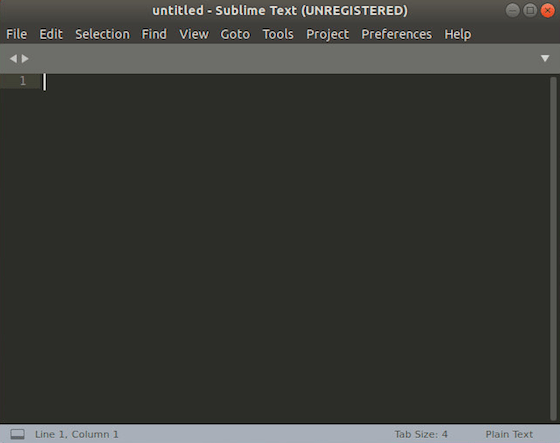How To Install Sublime Text Editor on Fedora 39

In this tutorial, we will show you how to install Sublime Text Editor on Fedora 39. Sublime Text, a popular text editor among developers, provides a powerful and customizable environment for coding and text editing. If you’re a Fedora 39 user looking to harness the potential of Sublime Text, you’ve come to the right place.
This article assumes you have at least basic knowledge of Linux, know how to use the shell, and most importantly, you host your site on your own VPS. The installation is quite simple and assumes you are running in the root account, if not you may need to add ‘sudo‘ to the commands to get root privileges. I will show you the step-by-step installation of the Sublime Text Editor on a Fedora 39.
Prerequisites
- A server running one of the following operating systems: Fedora 39.
- It’s recommended that you use a fresh OS install to prevent any potential issues.
- SSH access to the server (or just open Terminal if you’re on a desktop).
- An active internet connection. You’ll need an internet connection to download the necessary packages and dependencies for Sublime Text Editor.
- A
non-root sudo useror access to theroot user. We recommend acting as anon-root sudo user, however, as you can harm your system if you’re not careful when acting as the root.
Install Sublime Text Editor on Fedora 39
Step 1. Before we can install Sublime Text on Fedora 39, it’s important to ensure that our system is up-to-date with the latest packages. This will ensure that we have access to the latest features and bug fixes and that we can install Sublime Text without any issues:
sudo dnf clean all sudo dnf update
Step 2. Installing Sublime Text Editor on Fedora 39.
Now add the Sublime Text repository to your system by running the following command:
sudo dnf config-manager --add-repo https://download.sublimetext.com/rpm/stable/x86_64/sublime-text.repo
Import the GPG key used to sign the packages by running the following command:
sudo rpm -v --import https://download.sublimetext.com/sublimehq-rpm-pub.gpg
Now, it’s time to install Sublime Text. We recommend using the dnf package manager for installation. Execute the following command:
sudo dnf install sublime-text
This command will download and install Sublime Text on your system. The installation process may take a few moments, depending on your internet connection speed.
Step 3. Accessing Sublime Text Editor on Fedora.
Once the installation is complete, you can launch Sublime Text by searching for it in the Activities menu or by running the following command in the terminal:
subl

Step 4. Configuring Sublime Text for a Personalized Experience.
Sublime Text is highly customizable. You can tweak settings, themes, and key bindings to tailor it to your preferences. To access Sublime Text’s settings, navigate to the Preferences menu, where you can customize various aspects of the editor.
Congratulations! You have successfully installed Sublime Text. Thanks for using this tutorial for installing the Sublime Text Editor on your Fedora 39 system. For additional help or useful information, we recommend you check the official Sublime Text website.